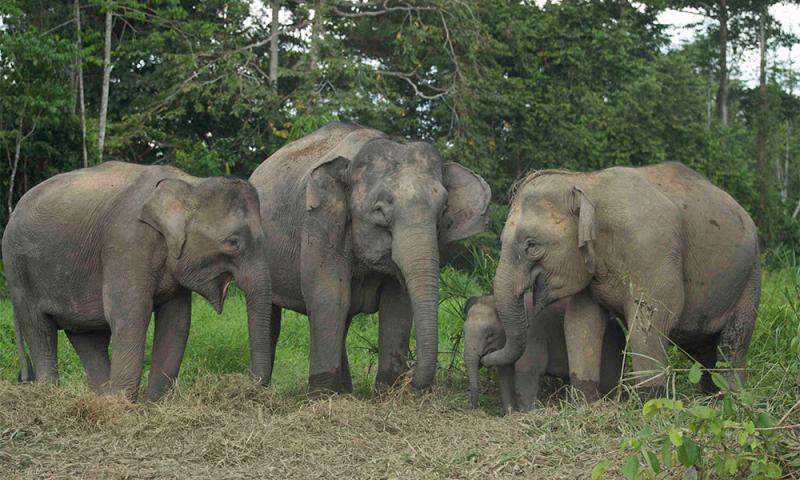LETTER | Sahabat Alam Malaysia (SAM) expresses shock at the recent deaths of three elephants at a plantation area of a village in Kampung Sri Timur 3, Kluang, Johor. They were believed to have been poisoned. Their deaths paint a dismal picture for the future of our elephants.
With oil palm plantations encroaching from all sides into elephant habitats, along with logging and agricultural activities, this last decade has seen rapidly shrinking forests combined with the destruction of forests and wildlife habitats as the main factors behind this escalating problem.
While those responsible for land clearance are highly aware of elephants coming into conflict with man and the subsequent fatalities that may arise, the problem has now rendered the elephant a most despicable enemy for men. Driven out of their natural habitat by human-induced factors, elephants often fall prey to all sorts of accidents. A dispassionate analysis of the situation will expose humans as being solely responsible for the sorry situation.
Human-elephant conflict is not confined to Peninsular Malaysia, but frequent occurrences in Sabah have raised the ire of conservationists. Apart from the biggest threat to elephants posed by expanding oil palm plantations, elephants also fall prey to poisoning from plantation workers, poachers, or traps set to catch other wildlife, and other incidental deaths.
Mysteriously, the cause of many cases of pygmy elephant deaths has remained unanswered because of failure to identify the culprits, and even the oil palm plantations have claimed to have no knowledge of how deaths of pygmy elephants have occurred.
While all attention is focused on man-made activities, specifically we must focus on the pressure from human population growth which is the main cause of the loss of natural forest. Human settlements and agricultural encroachment near the ranges of the elephant’s habitat increase the pressure on elephant habitat. Shortage of food in fragmented forests corresponds to crop raiding and often result in damage to human settlements and agricultural crops. Elephants and humans have increased contact which leaves them in conflict most of the time.
In view of the seriousness of the problem, it is crucial to identify alternative strategies for long-term human-elephant coexistence. One of which is the need for a new conservation strategy based on the combination of wildlife-sensitive land-use planning, crop protection, economic compensation, and education to promote human-elephant coexistence. Malaysia can afford to conserve its elephants in the long-term but important changes in people's behaviour are needed for this to happen.
MEENAKSHI RAMAN is president of Sahabat Alam Malaysia.
The views expressed here are those of the author/contributor and do not necessarily represent the views of Malaysiakini.





